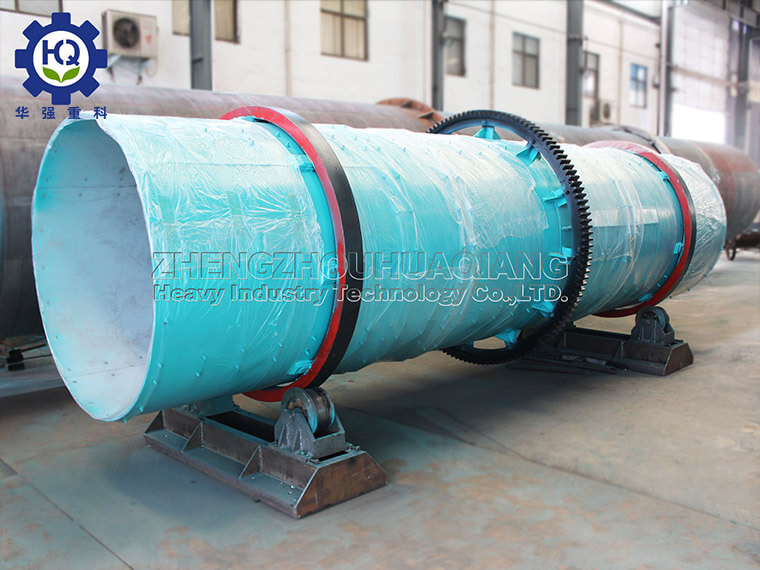NPK compound fertilizer production line needs a lot of supporting equipment to complete the whole granulation production task when processing fertilizer. In these many supporting equipment, there is a mixing equipment, fertilizer mixer for mixing materials.
.jpg)
Horizontal mixer for intermittent operation, it is suitable for rotary drum granulator mixing operation. General fertilizer production should be equipped with two or more sets to keep the production flexible to meet the market demand.
Fertilizer mixer is the supporting production equipment of the whole compound fertilizer production equipment. We can calculate the specific model and specification according to the output of the fertilizer production line. If the specification of the mixing equipment is too large, it may cause a waste of energy. If it is too small, it will affect the normal production, so we must choose the appropriate one.
1. Operate in strict accordance with the operation manual of NPK fertilizer manufacturing process, and use professional fertilizer equipment staff to ensure that the professional level of staff meets the standard.
2. The maintenance of fertilizer equipment should be done well at ordinary times. If possible, the fertilizer production equipment can be prevented from being exposed to the sun. Especially NPK fertilizer granulator, batching system, packaging machine and other key equipment.
3.The intelligence of fertilizer equipment can also avoid the damage of many human factors. So please look for our fertilizer machines when purchasing fertilizer equipment. Our fertilizer equipment has reasonable structure, low failure rate and simple operation of fertilizer production process.



.jpg)

.jpg)
.jpg)

